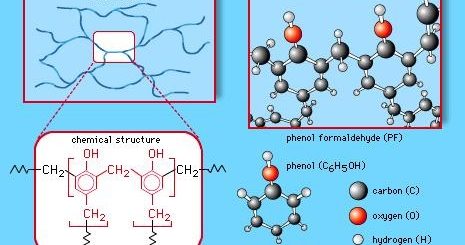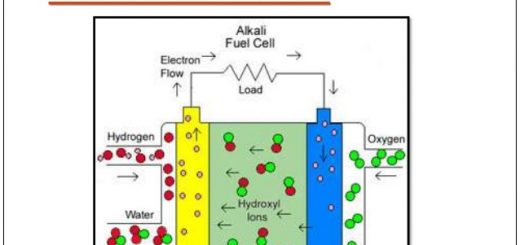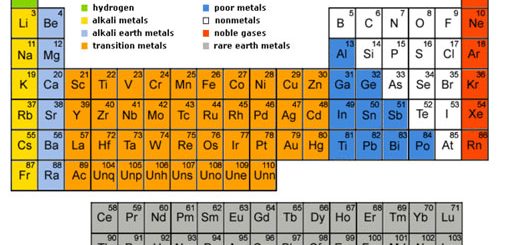Physical properties of Alcohols and How you detect the taking of drivers for liquors (alcohol)
Alcohols don’t conduct electricity as it has a nonionized O-H group, The boiling point of alcohols is higher than that of the corresponding alkanes due to the hydrogen bonds between alcohols molecules which are not found between alkane molecules, Alcohols dissolve in water as it contains the polar hydroxyl group which can form hydrogen bonds with water.
Physical properties of Alcohol
Alcohols are neutral colourless compounds, The first members are light liquids, They are completely miscible with water, The mild members are oily, however, The higher ones are solid waxes, The first members of alcohols are completely soluble in water and their boiling points are relatively high.
These properties are different from those of alkanes, The solubility in water and high boiling points of alcohols are attributed to the presence of polar hydroxyl groups which have the ability to form hydrogen bonds either between the alcohol molecules themselves or between the alcohol molecules and the water molecules.
The factors that affect the solubility of alcohols in water are the number of OH group and the molecular weight, As the number of OH groups increases, the solubility of alcohol increases, Solubility of Glycerol > Solubility of Ethylene glycol > Solubility of Ethanol.
The solubility degree of glycerol in water is more than that of ethylene glycol and ethanol as the number of hydroxyl groups in the alcohol increases, the ability to form hydrogen bonds with water and solubility in water increases.
If the number of Hydroxyl Group is equal:
- The boiling point of alcohol increases by increasing the molecular weight, The boiling point of ethanol (C2H5OH), which is 79°C is more than that of methanol (CH3OH), which is 64.5°C.
- The solubility of alcohols in water decreases by the increase in the molecular weight, if the number of the hydroxyl group is equal, Solubility of methanol (CH3OH) is more than that of propanal (CH3CH2CH2OH).
As the number of OH groups increases, the boiling point of alcohol increases, Boiling point of ethanol (one OH group) is 79°C, Boiling point of ethylene glycol (two OH groups) is 197°C, Boiling point of glycerol (three OH groups) is 290°C.
As the number of hydroxyl groups increases in the alcohol molecule, we observe the increase of its solubility in water, besides the increase of its boiling point, Hydrogen bond is a type of bonds responsible for the increase of boiling point of alcohols than that of corresponding alkanes.
Alcohols have a neutral effect on litmus because the hydroxyl group of the alcohol is not ionized as the alkyl group is an electron releasing group which makes the bond between O-H strong (non-ionized), In alkali, the hydroxyl group is ionized, so alkali has an alkaline effect on litmus.
Boiling point of ethyl alcohol is higher than the corresponding alkane due to the presence of polar hydroxyl group in alcohols which has the ability to form hydrogen bond and it is absent in alkane, The boiling point of ethylene glycol is higher than that of ethanol as ethylene glycol is dihydroxy alcohol while ethanol is monohydric alcohol and as the number of hydroxyl groups increases in the alcohol molecule, its ability to form hydrogen bonds between their molecule increases.
The boiling point of glycerol is higher than that of ethylene glycol because glycerol is trihydric molecule while ethylene molecule is dihydric and as the number of hydroxyl groups increases, the ability to form hydrogen bonds between molecules of alcohols increases.
The name of alcohol which contains 4 carbon atoms is butanol only, this name is considered inaccurate as butanol has more one isomer, therefore it must determine the number of carbon atoms which attaches to the hydroxyl group.
The boiling point of sorbitol is higher than that of glycerol because sorbitol is a polyhydric alcohol, while glycerol is trihydric alcohol and as the number of hydroxyl groups increases in the alcohol molecule, its ability to form hydrogen bonds between their molecule increases.
Differentiation methods
If you add a primary alcohol to acidified potassium permanganate (oxidation reaction), The violet colour of potassium permanganate disappears, If you add a tertiary alcohol to acidified potassium permanganate, The violet colour of potassium permanganate doesn’t change.
To detect the taking of drivers for liquors (alcohol), the driver is forced to blow a balloon through a tube containing silica gel saturated with acidified potassium dichromate, the balloon is left until the exhalation goes out, If the driver is a drinker, the colour of potassium dichromate in the tube is changed from orange to green colour.
Hydrocarbon derivatives, Ethanol, Alcohols Nomenclature, Classification and uses
Chemicals properties of alcohols, Economic importance of Ethanol, Ethylene Glycol & Glycerol



